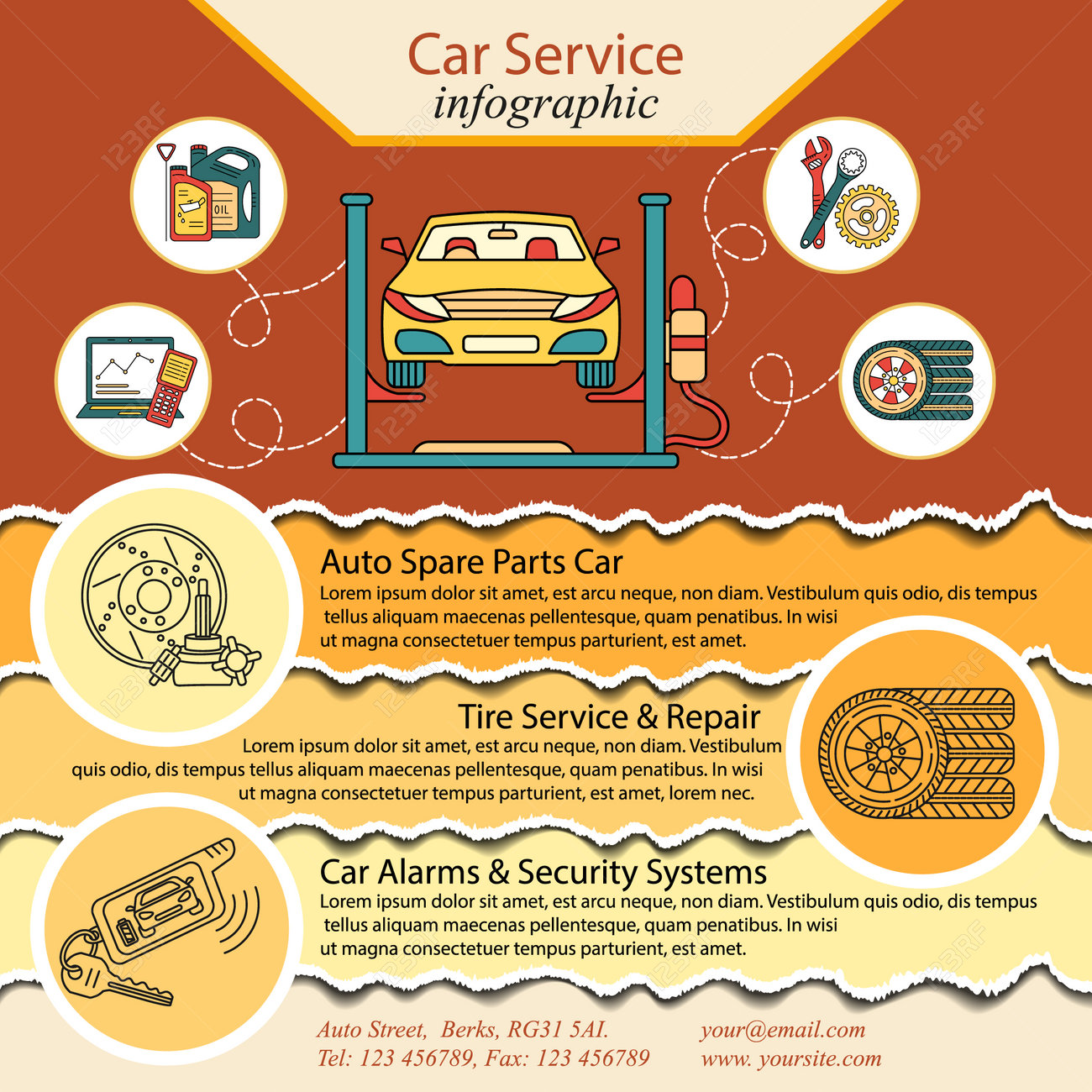Intend To Discover More About The Warning Lights On Your Dashboard? Uncover What They Show Concerning Your Automobile'S Health And Safety
Intend To Discover More About The Warning Lights On Your Dashboard? Uncover What They Show Concerning Your Automobile'S Health And Safety
Blog Article
Write-Up Written By-Hartley Kejser
When you lag the wheel, those radiant warning lights on your dashboard can be a little bit bewildering. Do you understand what they're attempting to tell you concerning your cars and truck's health and wellness? Understanding the significance of these lights is vital for your safety and security and the durability of your lorry. So, the following time one of those lights turns up, wouldn't you wish to decipher its message properly and take the essential actions to address it?
Common Warning Lighting and Interpretations
Determine typical warning lights in your auto and understand their significances to ensure safe driving.
One of the most regular caution lights include the check engine light, which signifies concerns with the engine or discharges system. If over here begins, it's important to have your lorry checked without delay.
The oil stress cautioning light shows low oil stress, calling for prompt interest to stop engine damages.
Read the Full Write-up blinking battery light could recommend a defective billing system, potentially leaving you stranded otherwise addressed.
The tire pressure monitoring system (TPMS) light alerts you to low tire stress, affecting vehicle stability and gas effectiveness. Overlooking this can bring about hazardous driving conditions.
The abdominal light indicates a trouble with the anti-lock stopping system, compromising your capability to quit swiftly in emergencies.
https://engine-remapping84062.blogunok.com/30508876/leading-10-tips-for-choosing-the-very-best-vehicle-repair-shop-near-you but not least, the coolant temperature level advising light warns of engine overheating, which can cause serious damages otherwise dealt with quickly.
Understanding these common warning lights will help you attend to issues immediately and keep secure driving conditions.
Significance of Prompt Attention
Comprehending the typical caution lights in your vehicle is only the very first step; the relevance of immediately dealing with these warnings can not be emphasized enough to ensure your safety and security when traveling.
When a caution light brightens on your control panel, it's your automobile's way of communicating a possible concern that requires focus. Overlooking these cautions can bring about much more severe problems in the future, endangering your security and possibly costing you more out of commission.
Prompt attention to alerting lights can stop malfunctions and mishaps. For instance, a flashing check engine light can indicate a misfire that, if left neglected, could create damage to the catalytic converter. Addressing this promptly can save you from a pricey repair work.
Likewise, a brake system warning light might indicate reduced brake fluid or worn brake pads, crucial elements for your safety and security when driving.
DIY Troubleshooting Tips
If you see a caution light on your control panel, there are a couple of do it yourself fixing tips you can attempt before seeking expert assistance.
The first step is to consult your car's guidebook to comprehend what the particular warning light shows. Sometimes the issue can be as basic as a loosened gas cap setting off the check engine light. Tightening the gas cap may resolve the problem.
An additional usual issue is a low battery, which can set off various cautioning lights. Checking the battery links for rust and guaranteeing they're safe could deal with the issue.
If a caution light persists, you can attempt resetting it by disconnecting the auto's battery for a couple of mins and then reconnecting it. In addition, inspecting your vehicle's liquid levels, such as oil, coolant, and brake fluid, can help repair warning lights associated with these systems.
Conclusion
Finally, understanding your car's caution lights is necessary for keeping your car running smoothly and safely. By immediately dealing with these informs and understanding what they suggest, you can avoid expensive repairs and potential breakdowns.
Bear in mind to consult your vehicle's manual for particular information on each alerting light and act as necessary to make certain a trouble-free driving experience.
Stay notified, stay risk-free on the road!
